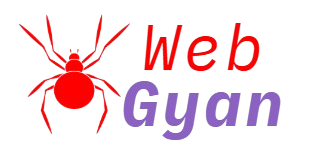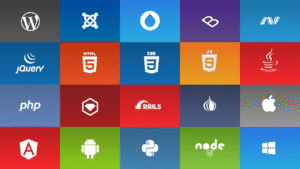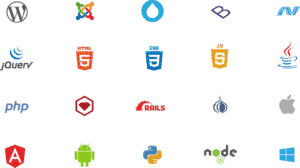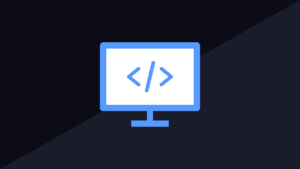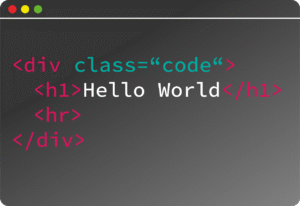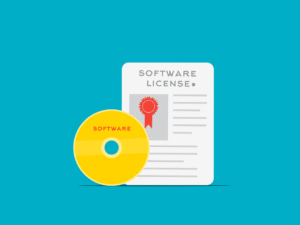A Comprehensive Guide to Building Digital Success
Introduction
Web developers are the backbone of the internet. They turn ideas into real websites and apps people use every day. As the online world gets more crowded, knowing what web developers do helps businesses get ahead and new developers find their way. This article will cover the key skills, tasks, and ethical duties involved in the role of a web developer. Understanding these points can lead to better websites and more successful careers.
What Does a Web Developer Do? An Overview
A web developer creates, improves, and maintains websites. They are responsible for writing the code that makes everything look good and work well. Web developers can be divided into three main roles: front-end, back-end, and full-stack. Front-end developers focus on how a website looks and feels, while back-end developers handle everything behind the scenes. Full-stack developers do both. Their work has a big impact on user experience and helps businesses grow by attracting visitors and keeping them engaged.
Core Skills and Technical Responsibilities of Web Developers
Mastering Programming Languages and Frameworks
Web developers need to know popular programming languages. HTML and CSS are basics for creating website structure and style. JavaScript adds interactivity like buttons and menus. Frameworks like React, Angular, and Vue.js make building sites faster and more efficient. For server-side work, languages like Python, PHP, and Ruby come into play. These help manage data and connect the website to databases. Since technology moves fast, staying updated with new tools and codes is a must.
Designing and Developing Functional Websites
A good web developer designs websites that are easy to use. They build responsive sites that look just as good on a phone as on a computer. Making sure the site works on different browsers and is accessible to everyone is key. Developers often use tools like Visual Studio Code and Git for writing, testing, and sharing code. These tools help team members work better together and keep the project organized.
Managing Databases and Servers
Websites often need to store information, which requires databases like MySQL or MongoDB. Web developers set up and maintain these databases to keep data safe and easy to find. They also handle server setup and website deployment, making sure everything runs smoothly. Security is crucial—developers guard sites against cyber threats and fix issues quickly when they happen.
Web Development Lifecycle and Tasks
Planning and Requirement Gathering
Every project starts with planning. Developers work with clients and stakeholders to understand what they want. They create wireframes or simple sketches to visualize the site. This helps everyone stay clear on goals before building begins.
Designing and Coding
Next, developers bring designs to life through coding. Front-end work makes pages interactive and visual, while back-end coding builds the logic that powers functions. Combining these skills creates seamless, working websites for users.
Testing and Optimization
Before launching, sites get tested for usability, speed, and security. Developers look for bugs and fix them. They also optimize sites for search engines using good SEO practices, helping pages rank higher on Google.
Deployment and Maintenance
Once ready, developers publish the website online. But their work doesn’t end here. They perform updates, fix bugs, and backup data regularly. Monitoring website performance ensures visitors always get a smooth experience.
Soft Skills and Collaboration in Web Development
Communication and Client Liaison
Web developers talk with clients to explain technical details in simple words. They listen carefully to feedback and change the site as needed. Good communication keeps projects on track and everyone happy.
Team Collaboration and Project Management
Developers often work in teams with designers, content creators, and marketers. Using tools like Jira or Trello helps organize tasks and meet deadlines. Being a team player helps projects finish faster and better.
Problem-Solving and Adaptability
Debugging is part of the job. When issues pop up, developers quickly find solutions. They also adapt to new tools and changing project needs, keeping skills sharp in a fast-changing field.
Legal and Ethical Responsibilities
Data Privacy and Compliance
Web developers must protect user data. They follow laws like GDPR and CCPA to avoid legal trouble. Secure data handling and privacy policies make users trust websites more.
Accessibility and Inclusivity
Building accessible websites means everyone can use them, including people with disabilities. Developers follow WCAG guidelines to make sure sites are inclusive. Fair and easy access matters in today’s digital world.
Ethical Coding Practices
Web developers should avoid writing malicious code or participating in unethical practices. They promote responsible coding that benefits users and society, not harms it. Sustainable web development also means designing sites that can grow without waste.
Conclusion
Web developers wear many hats. They are programmers, designers, security experts, and communicators all in one. Success in this role depends on technical skills, soft skills, and strong ethical standards. Companies should look for developers who are committed to learning and ethical practices. Aspiring developers must keep growing their skills and stay updated. The web is constantly changing, and so should you. Building websites is about creating value, solving problems, and making the internet a better place for everyone.
